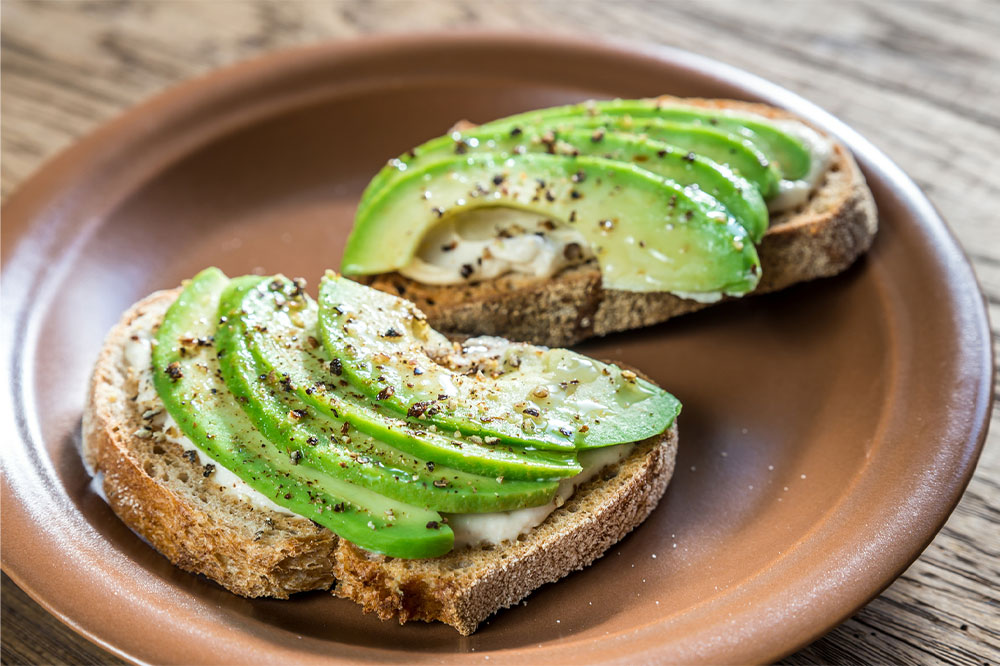8 healthy and cholesterol-lowering snacks

Those with high cholesterol should ideally opt for healthy snacks rather than empty calories or artery-clogging foods. Snacks with excessive fats or sugar can adversely affect cholesterol levels, so every calorie counts here. Moreover, skipping snacks is not an option. This is where healthy snacks come into the picture; they can help maintain metabolism, blood sugar, and even cholesterol levels. Here are eight easy snacks that will help lower cholesterol.
Avocado on toast
Avocado contains unsaturated fats, which keep cholesterol levels in check. This fruit contains about 10 grams of fiber. Pair it with whole grain, pumpernickel, or rye toast to make the snack even more fibrous.
Popcorn
According to the American Heart Association, popcorn lowers cholesterol levels since they are high in fiber content. In fact, popcorn contains more fiber than whole-wheat bread or brown rice. Although it has low calories, it should be eaten in moderation.
Nuts
Studies have concluded that bad cholesterol can be controlled by replacing fatty foods with healthy monosaturated foods, like nuts, almonds, and walnuts. But be sure to eat only a handful.
Tuna nori wraps
Tuna helps lower cholesterol since it contains omega-3 fatty acids. Make a tuna salad by adding olive oil, onions, or celery. Then, make a wrap by using nori, a thin sheet made of edible seaweed or lettuce leaves.
Roasted chickpeas
To make this snack, spread cooked chickpeas on a baking tray. Add salt and olive oil to taste and roast them for about 30 minutes. Lastly, sprinkle some black pepper powder, paprika, lemon zest, or dried spices to enhance the flavor.
Edamame
Edamame is loaded with fiber and good fats that help control cholesterol levels. To prepare this snack, steam frozen edamame and sprinkle minimal salt for taste. You can also add dry herbs, curry powder, or a dash of lemon juice for more flavor.
Veggies with hummus
Munching on vegetables may not seem mouth-watering. To solve this problem, add a hummus dip with baby carrots, boiled beetroot slices, or celery. You can buy hummus or prepare it from chickpeas or white beans at home.
Oatmeal energy bites
Make energy bites by mixing rolled oats, nut butter, flax seeds, chia seeds, dark chocolate, dried fruit, and honey. Once it reaches a thick, moldable consistency, use a spoon to scoop a small portion and roll them into a ball. Refrigerate them for 30 minutes.


